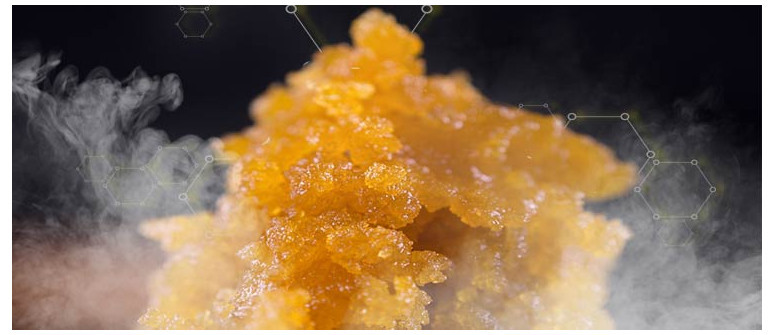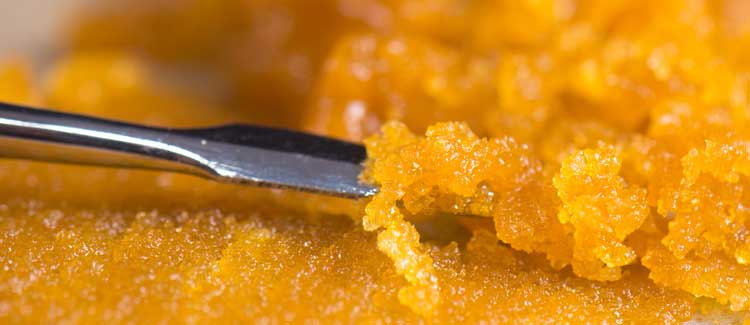How to make live resin from fresh buds

The main difference of Live Resin is that it's made using fresh cannabis flowers instead of dried buds.
Live resin is a cannabis concentrate. The main difference of this concentrate is that it's made using fresh cannabis flowers instead of buds that have been dried and cured. This makes for a concentrate with a higher concentration of terpenes and more complex aromas/flavours.
Live resin is made using fresh flowers that are flash frozen right after harvest and are kept at freezing temperatures during the entire extraction process.
There are essentially two kinds of terpenes; monoterpenes and sesquiterpenes. The former are aromatic compounds that give off more light, floral scents aromas, and include compounds like myrcene, limonene, terpinolene and linalool.
Sesquiterpenes, on the other hand, are heavier compounds that produce stronger aromas similar to those found in pepper, oregano and hops. Sesquiterpenes include caryophyllene and humulene, for example.
Recent research done at the University of Mississippi shows that drying and curing cannabis can lead to the loss of up to 55 % of the plant’s essential oil.
The researchers also found that essential oil made using fresh cannabis has a higher concentration of monoterpenes than that made using dried flowers (which was richer in sesquiterpenes). This is because monoterpenes are smaller and evaporate more quickly during the drying/curing process.
By using fresh cannabis, extraction artists are able to create a new concentrate that outshines others in terms of flavour and aroma.
HOW LIVE RESIN IS MADE
Live resin is made like regular BHO, using butane as a solvent to separate the trichomes from cannabis plant material.
The process of making BHO is extremely dangerous, mainly because it involves heating butane, an extremely flammable substance, in order to remove as many traces of it from the final concentrate.
Below, we’ll explain the basic process of how BHO and live resin are made. However, we do not recommend you try to replicate these process at home, no matter how easy or safe they seem to be.
This is purely for informational purposes.
MAKING BHO

Butane Hash Oil is made by tightly packing cannabis flowers into a container with a small opening and “blasting” or pouring liquid butane into the container.
The butane works as a solvent and separates the cannabinoid and terpene-rich trichomes from the plant matter to create a highly concentrated form of cannabis.
The resulting mixture is then heated in order to remove as much of the solvent as possible. This is arguably the most dangerous part of the procedure, as butane is extremely flammable.
Once as much of the solvent has been removed as possible, the remaining mixture is then poured into a tray where it is left to rest and settle into a thin, gold, and transparent sheet. This product is usually called “shatter” or “pull n’ snap,” depending on its consistency.
Alternatively, some labs will “whip” the mixture in order to remove the butane. This results in a richer, creamier concentrate often sold as “wax” or “butter.”
Professional extraction labs rely on specialized equipment that has been carefully designed to manage this entire process.
MAKING LIVE RESIN
The process for making live resin is exactly the same as the process for making regular BHO. However, rather than using cured cannabis flowers, extraction labs use fresh buds that have been flash frozen right after harvest to preserve their terpenes.
The flowers are also kept at freezing temperatures throughout the entire extraction process.
In order to maintain these temperatures, extraction labs use specialized equipment. Precision extraction solutions, for example, use a special extractor that features 4 chambers.
The first chamber contains the butane which is chilled to extremely low temperatures. This butane is then pushed into the second chamber which contains the frozen cannabis buds, before passing into a third chamber where the concentrate is purified and stripped of all fats, lipids, and waxes.
Finally, the mixture is passed into the final chamber where it is heated slightly with water to remove any remaining solvents.
.jpg)
.jpg)

.jpg)
